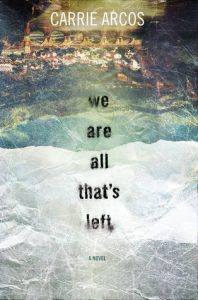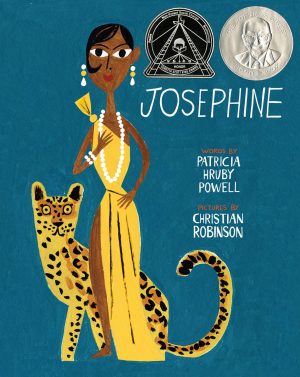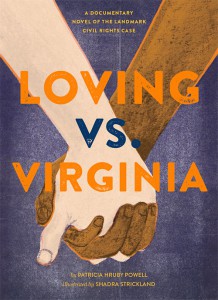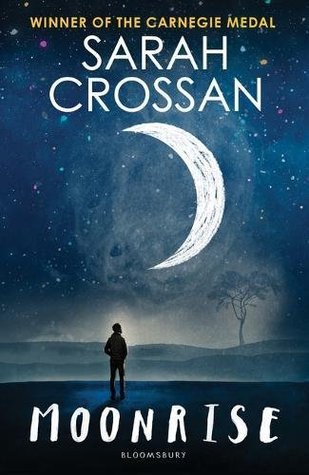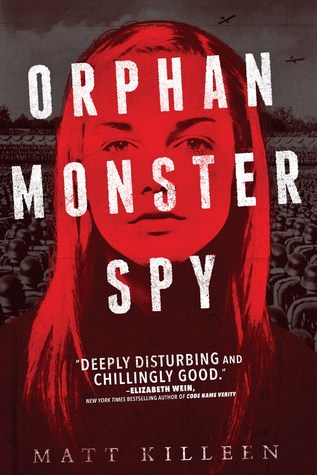When Jake Liddell returns home wounded from a tour of duty in the Middle East, everyone says he’s a  hero. Jake says, “My body may have returned home, but my brain is still wired for war.” He needs pills to sleep. His grandfather, a war hero called The General, is already urging Jake back to the battlefield. Jake waits—and questions—the Silver Star he will be awarded.
hero. Jake says, “My body may have returned home, but my brain is still wired for war.” He needs pills to sleep. His grandfather, a war hero called The General, is already urging Jake back to the battlefield. Jake waits—and questions—the Silver Star he will be awarded.
Acclaimed author Todd Strasser examines military service in his new novel, “Price of Duty” (Simon & Schuster 2018). Jake visits his former high school JROTC and is asked, “What’s it like?” He answers, “It’s hard.” What he can’t say to them is, “. . . you’ll wish to God that you’d never come. . . you’ll lie in bed at night so scared and trembling and sick with fear that you’ll be a hair’s width from bawling loudly for your mommy.”
Jake shows us the camaraderie among soldiers, the irreverent pranks and nicknames like Morpiss, Skitballs, Magnet; the unlikely friendships with the likes of Brad, the corporal who is married to Jake’s middle school girlfriend. He shows Brad’s over-the-top jealousy, how normal tensions grow in the light of daily shelling, bombings and the ongoing threat to life. There’s plenty of graphic battle scenes here—and legs being blown off.
You learn about “hillbilly armor,” welded extra iron plating to the undercarriages of their vehicles, because some of the gear was badly made. Morpiss says, “Never forget, my friend,” . . . “Your life is in the hands of the lowest bidder.”
Once home Jake has a girlfriend to visit—a girlfriend who wants to know if she should wait for him when he returns to duty. And there’s Brandi, who writes for the Franklin High School newspaper, Brandi, who is making an anti-war video. She claims that JROTC is military preparation. She says that 40% of its members go directly into the military versus 2% from the general population—20 times more. She tells us that 12% of America’s population is black, but 30% of the U.S. Army is black. She tells us that 50% of JROTC are black or minority. She says, “Wouldn’t you say that sounds a little disproportionate?”
At first Jake argues. He comes from a military family, particularly on his mother’s side. Plus, he has a paternal uncle who said the Vietnam “war was immoral, nothing more than mass murder,” was called a “draft dodger” and jailed for refusing to fight. Jake has to be careful of the historic shame this caused his family. But he’s considering not going back to battle. His grandfather, the General, would be disappointed but could pull strings to keep him from returning.
And what about that? He has special care. Jake says that the US tells the world we have an “all-volunteer Army. We just changed the method of conscription…” He asks, “Why should it be the poor and minorities, the disadvantaged and luckless, who have to bear the burden of risking their lives for our country.” And what about “guys like me who are seduced by the action ads and unethical recruiters.”
There’s so much here to think about. And talk about.
Patricia Hruby Powell is author of the young adult documentary novel Loving vs. Virginia and Josephine: The Dazzling Life of Josephine Baker among other books talesforallages.com
